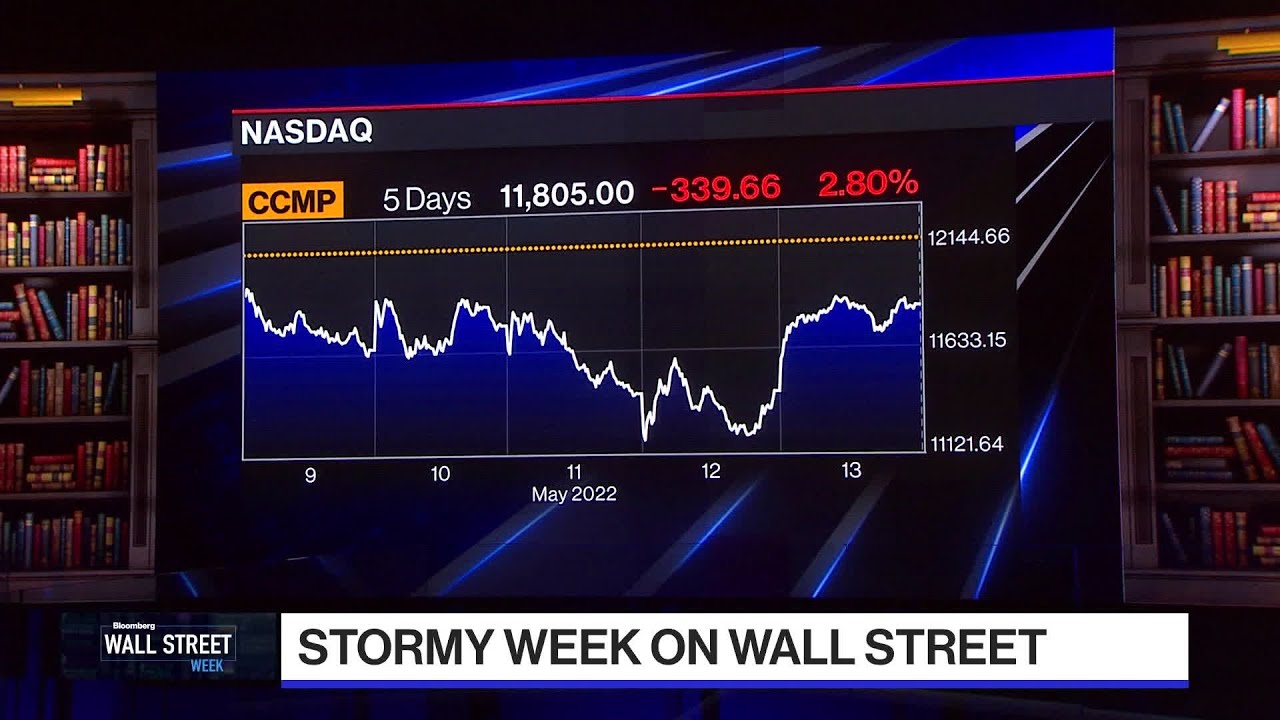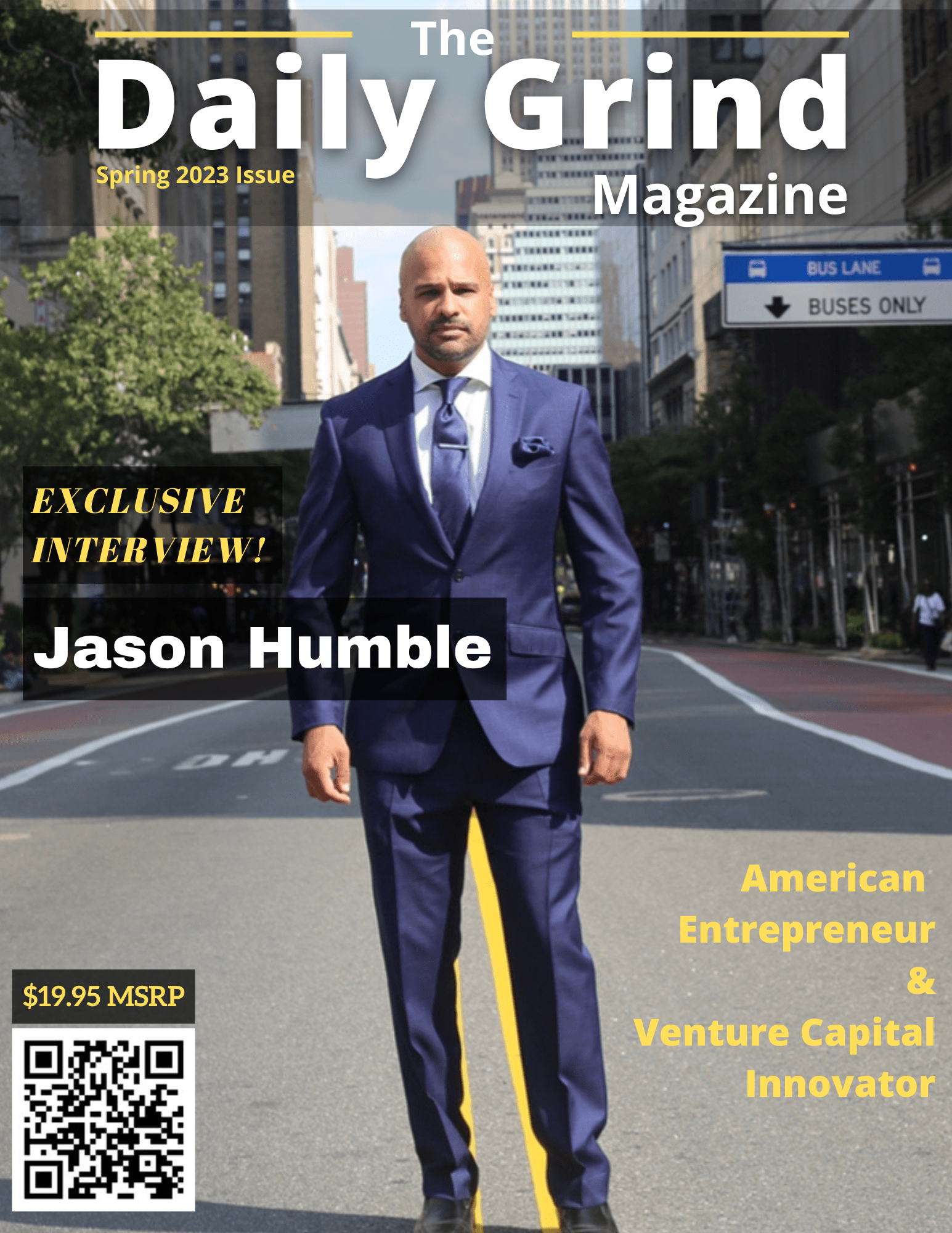So David it's not a very easy task but what sense was made out
of this week. Oh this week was volatile. At least it ended on a Happy note. Happy Friday. Happy Friday the 13th. And we
appreciate that equities ended the week on a on a strong note. But let's face it the equity market and most asset classes have
been under a lot of pressure year to date. The S&P it's flirting With a bear market. It was down as much as 18 19 percent during
the week. Now it's down 16 percent from its all time highs. Well What about that bear market Kate. Because some people who
surround Bloomberg later on Friday were saying what we really Saw was a bounce off of that level of bear market sort of a bear
market bounce as it were. Yeah. I mean the way I think about today's trading David was
more that the sellers took off early for the weekend rather than Buyers having a huge amount of conviction. You know I think
sentiment is such an important thing to track right now. And We're seeing kind of all of the major segments of investors
whether it's retail or traditional mutual funds and long only And hedge funds have a pretty dower outlook for both the market
and the economy. And you know it's my view that we're not going To see a meaningful and sustained rally something that takes us
closer to say forty five hundred on the S&P until we can really Firm sentiment and kind of allay some of the fears around the
economy and inflation and policy mistakes in the war in Ukraine And Chinese growth. I mean the list goes on. You lay that out at
the beginning of the show. Well it does make sense to keep Saying I think we're in a range bound market for some time.
Markets just need to figure out what the normal interest rates Are. And until we have an understanding as to where interest
rates stabilize and especially not until the bond markets stop Suffering losses the equity markets are at risk. I think the S&P
is in a trading range. That is not much lower from where we were This week but 5000 is likely out of reach for the next year or
maybe two. So it's OK. When you look at the equity market Relation to the bond market how much of this is discounting
future earnings basically as a discount rate cut against future Earnings. And how much was actually the multiple.
Yeah. I mean look in the highest growth parts of the market the Stuff that was commanding ridiculous multiples for a lot of 20
21. You know that D rating really started in November and rates Continued through the course of 2022. Look I think it's fair to
assume that rates are going to have to move higher. Even if the Economy is slowing a bit we still believe we're far away from a
recession. And we think the Fed is in the very early stages of Normalizing policy both in terms of policy rates as well as of
course quantitative tightening and reducing our party and Changing the size of the balance sheet. So you know those two
things together are going to I think exert a bit of pressure. And I think going to keep volatility high. We keep watching the
relationship between rates fall and equity ball and see if There's a change in the pattern. But right now I think they're
going to stay elevated. That's exactly right. I mean we're Watching interest rates. We're watching interest rate
volatility. It's just representative of how much uncertainty There is on where interest rates are likely to go up. But where
do they plateau. And yes the higher interest rates particularly Higher real interest rates is reducing the P E multiple. And
then there's this uncertainty about how long this expansion Might last. I've said that this expansion is two years old but
perhaps going on seven or nine years old biologically when it Has a 10 year expected lifespan. So these days not only used a
higher discount rate to take in the PE they've also shorten Their forecast horizons. It's enough pain for future growth
stood their value in the more certain earnings and dividends That you see coming from certain companies now.
Yeah. And I have to say you know we look around and say there Are a lot of high quality companies that you want to own for the
next three or five years that are trading at pretty attractive
Multiples right now. That said could the multiples overshoot to
the downside. I mean I think the answer is yes. There is a high Probability that as the uncertainty rises around the macro
environment and policy that you end up seeing multiples get to You kind of really silly cheap levels. You want to average it
then. Great. But this is a challenging environment. I think it's Still a good environment for the long term investor. You have to
find that person. That person needs to really understand the Volatility they may be facing. The S&P is trading at seventeen
and a half to 18 times this year's earnings. A 20 P E is still Reasonable given these interest rates they're still much lower
than history. Now the Fed has an inflation fight to fight but It's unlikely that interest rates go anywhere near where they
were historically. So OK we've really focused quickly on Inflation which is only appropriate given the CPI numbers. We
had this this week and the interest rates. But there are other Risks out there as well. We have a war pending in Ukraine for
example and their possible effects on the supply chain. It could Affect certainly the cost the companies going forward in their
margin. Yeah I think this is one of our big focuses right now. Look you know when you look back a couple of years ago during
the trade war and some of the changes in terms of tariffs for Example had a lot of companies come out and say hey we're going
to re jigger our supply chain. We're going to rethink where We're producing relative to where we're selling. They said that
there wasn't a lot of follow through when it came to capital Expenditure and investment in order to onshore or Wishaw some
production. I think this experience of the last two years of the Pandemic and certainly the supply shock shock that we've seen in
part because of dependence on China is going to incite like a New round of capital expenditure actually a real one in terms of
supply chains. But that's expensive David and it's going to cost Companies a large amount of money and take time. So we've got to
watch margins. It's a challenging global economy. The Partnerships that we've had in Asia and the challenges that
Europe is now facing for their security for their energy and Even a refugee crisis it's there are many threats out there to
the health of this expansion and the pandemic. And some of the Monetary and fiscal responses to it have caused demand to cause
a bit more inflation than any of us are comfortable with in past 40 years. But I'm also taking more concern with secular
challenges structural challenges facing the global economy Because things that drive productivity trade global trade global
investment demographics cooperation on on a global scale. These Are things that were not seen as much of that we saw in past
decades. And we even have more resource constraints. So Inflation should come down. But it may not come down as fast or
as low as the Fed wants it to come down. We certainly have a Risk on interest rates although I think we're pretty clear that
they're going to go up. It's a question of how far they go up And how fast not where they're going go up. But if I had to make
it choose between the biggest risk in terms of uncertainty and Between on the one hand interest rates for an investor and the
war in Ukraine and it's sort of that. Which would you pick. Oh David that's a tough question. I don't think that interest
rates are that uncertain. In fact I gave Jay Powell and the Fed Broadly it a plus in terms of how they've been communicating
more recently. I think it's very very very clear to see that We'll continue to raise policy rates to the balance of this year
and that will be a steady progression. We'd have to have a Massive shock I think in terms of you know an economic shock or
an expansion of the conflict that's currently in Ukraine. I am Worried about the shifting of political alliances. I am worried
about what this does to overall energy relationships. I am Worried about the feed through to European growth of this
ongoing conflict in Ukraine though somewhat similar most similar Thoughts for more concerned about the war the conflict in
Europe. It speaks about the there I say d globalization. There's
Just a lesser cooperation that's been in the world
interest rates. The Fed is doing what they need to do. This Looks like it will be a typical said hiking cycle of about 300
basis points and 3 percent of total fed hikes over one and a Half year period a pretty normal set hiking cycle. Even though
inflation has jumped higher than we've seen it in so many Decades. But the Fed may be facing challenges greater than
normal. To these global threats that we see out there.





